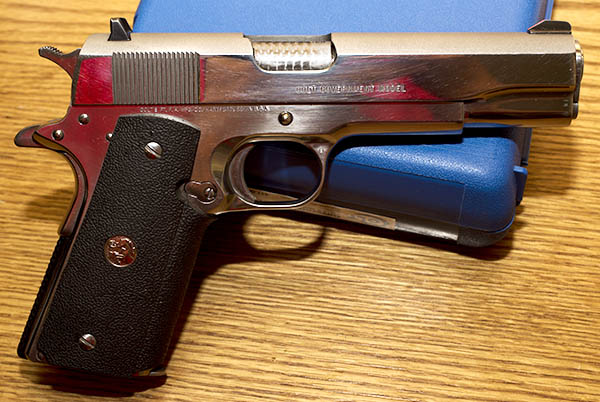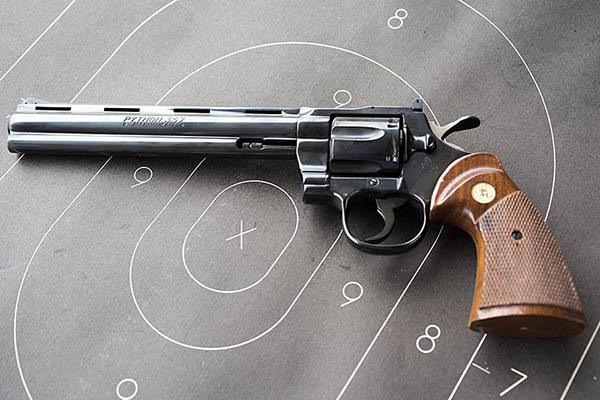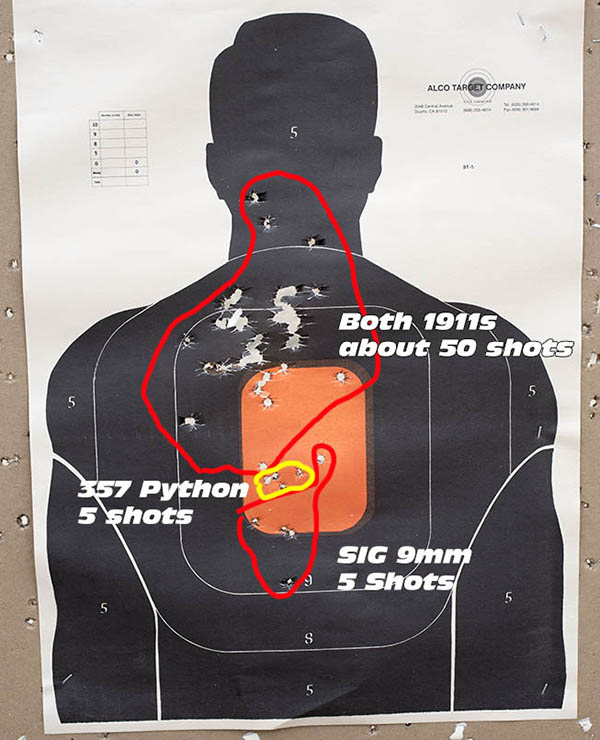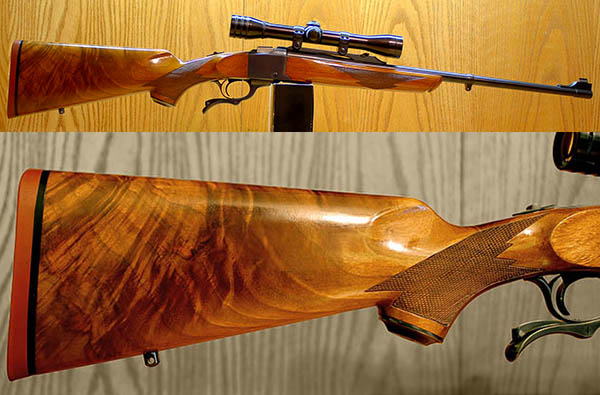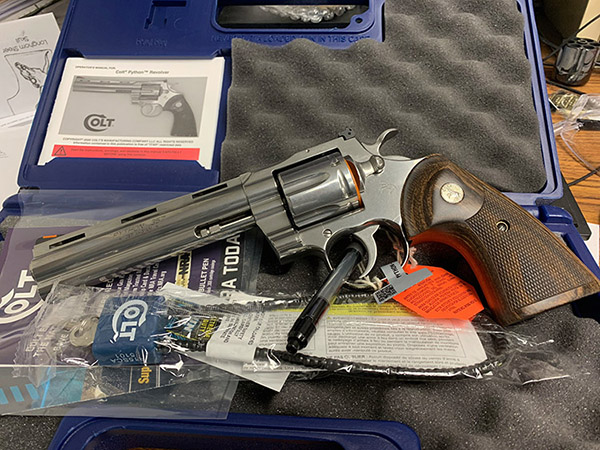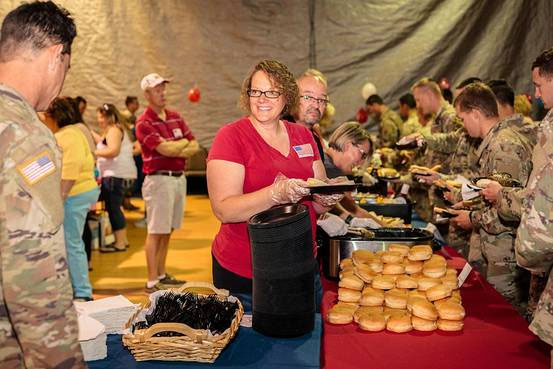By Mike Huber
I awoke in my tent still buzzing from the previous night’s ceremony. A frequent side effect from ayahuasca is not being able to sleep that well, but even with little sleep I was ready and excited to face the day with a renewed feeling of positive energy. I had not only made it through the ceremony but came out the other side feeling a confidence and happiness that I hadn’t felt in years.
Even though I had this elated feeling I was still cautious not to be too upbeat. I had a final ceremony that evening to go through and I was certain there were still a few things I had yet to process. Hopefully, this evening would be where I would find the purpose that I originally sought, a star to steer by to light a path, even if it was just a few nearly dead chem lights to point the direction. Just something.
I passed the day by talking with the others and listening to their experiences and getting to know everyone a little better. As the day wore on, I began to feel uneasy again as to what that night’s experience would be. With the ceremony starting at 19:30, the two hours leading up to it I spent in solace and went fishing to pass the time (I had two solid bites but didn’t set the hook so off they went).
Upon entering the yurt I sat on my mat and awaited to be called. Since this was the third ceremony and I felt as though I had resolved a lot of what I had come here for I chose a smaller dose. I wanted to be semi-coherent this night so that I could work with the plant, build a relationship, and have her assist me in bringing my purpose into the light.
As I returned to the mat with my cup of medicine, I sat looking deep into the cup for several minutes asking for guidance before I drank the bitter tasting plant medicine. It didn’t take too long before the muscular black panther appeared and strutted up the mat to be face-to-face with me again. As I sat eye-to-eye with this magnificent beast, I noticed behind it was the entire universe filled with an infinite amount of lavender colored geometric fractal patterns. I felt so uplifted and began to repeat “what is my purpose?” It was at this time the panther left and the universe melted into a dark scary funhouse as I began to violently purge into my trusty bucket that was kept at my side. All the while the facilitators were singing and their icaros were resonating through my entire body. It was beyond overwhelming. Every sense in my body was heightened as I was blasted with emotion from every direction.

One of my proudest accomplishments is being a paratrooper in the 82nd Airborne Division, but on prior occasions taking ayahuasca my prior Army service never entered my hallucinations. As the madness of the funhouse carried on, I looked up through the ceiling and could see an enormous 82nd Airborne insignia light up the entire universe. I once again was in a dark place and began asking why was I seeing this insignia. Did the plant have a problem with soldiers? Paratroopers? Every time I asked my surroundings just became darker and darker. Every so often it would uplift me for a moment and I would ask about the insignia. Each time I was thrust back into the funhouse of Hell. Obviously, I was asking the wrong questions (I learned this after the third or fourth time purging and visiting these dark places).
I am a slow learner. I managed to refocus for a moment and it hit me. It was almost as if the plant was screaming at me and punishing me for not coming to the obvious conclusion of these signs. I had asked for purpose during that ceremony and that was it. The medicine was showing me what my purpose was. It is to help my fellow veterans in some capacity (this was the conclusion I reached). This was what I had asked for, but I had been too overwhelmed by the hallucinations to focus and obtain that answer.

It’s been three months since I attended the ayahuasca ceremonies. While I am still very mindful of what lessons the plant medicine has taught me, life (as it tends to do) has had me distracted and I find myself backsliding into old habits and losing focus on my new purpose. I am now alert enough to realize this and I have the discipline to push myself back on track. As I continue my path forward I am thankful for having the resolve to attend and learn from this beautiful plant medicine. It is not a magic bullet, but if you follow through on the lessons this plant teaches you there is no doubt you will be a better person.
Never miss an ExNotes blog:

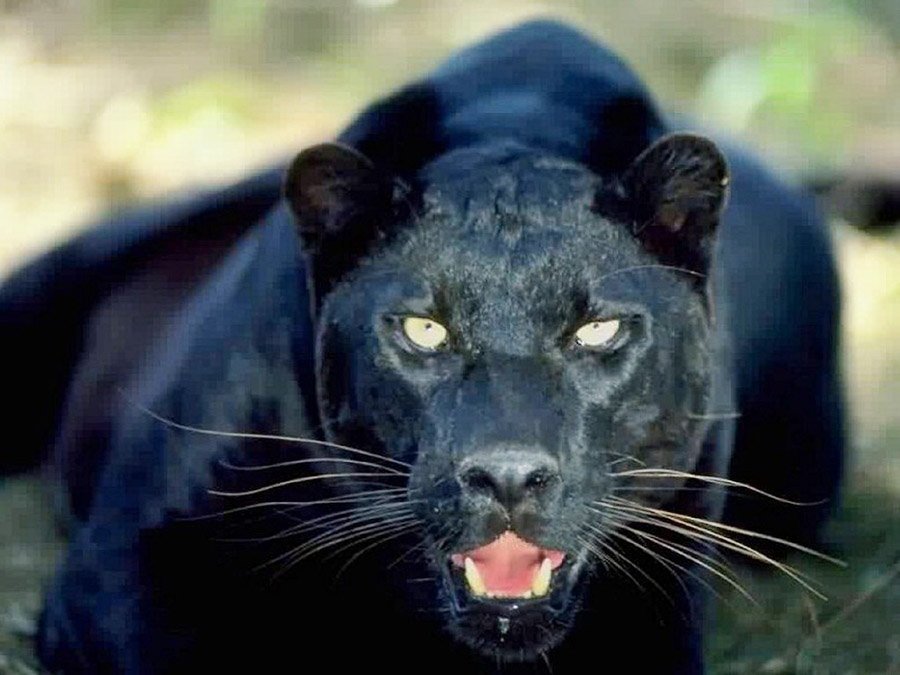


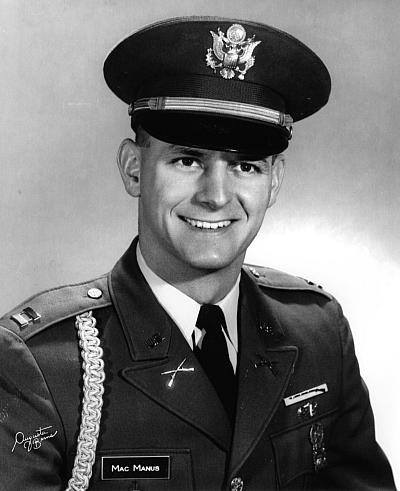
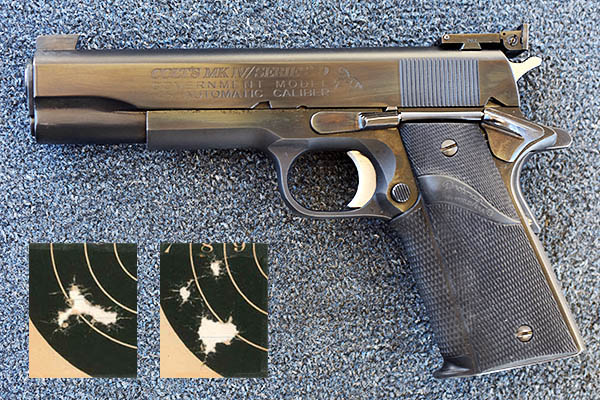
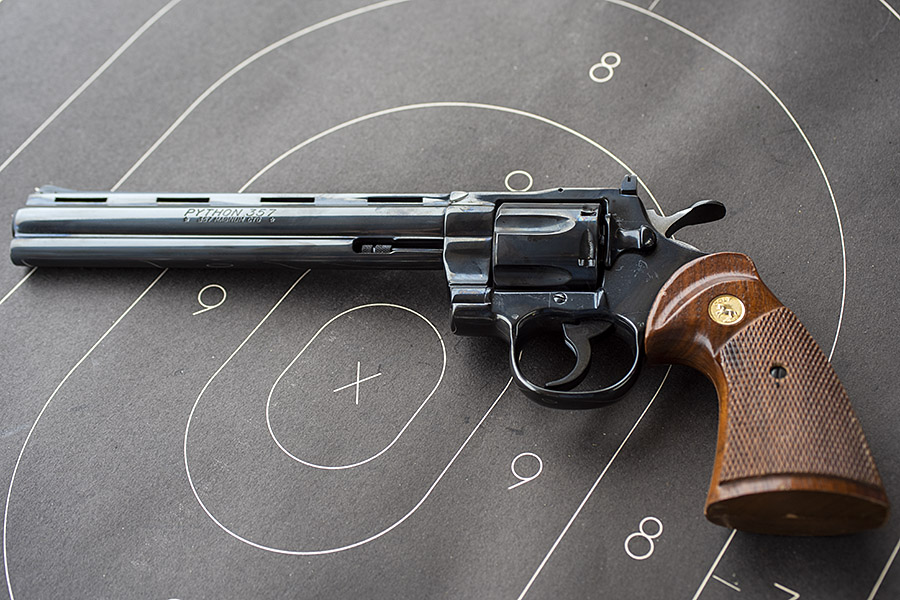
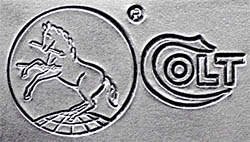 Good buddy Python Pete and I went to the range a few days ago to let loose with a pair of prancing ponies (that is to say, Colts), in both revolver and automatic flavors. The auto was my tried-and-true bright stainless Colt Government Model 1911; the wheelgun was Pete’s stunning 8-inch Colt Python. Both are stunningly beautiful and both are good shooting guns.
Good buddy Python Pete and I went to the range a few days ago to let loose with a pair of prancing ponies (that is to say, Colts), in both revolver and automatic flavors. The auto was my tried-and-true bright stainless Colt Government Model 1911; the wheelgun was Pete’s stunning 8-inch Colt Python. Both are stunningly beautiful and both are good shooting guns.